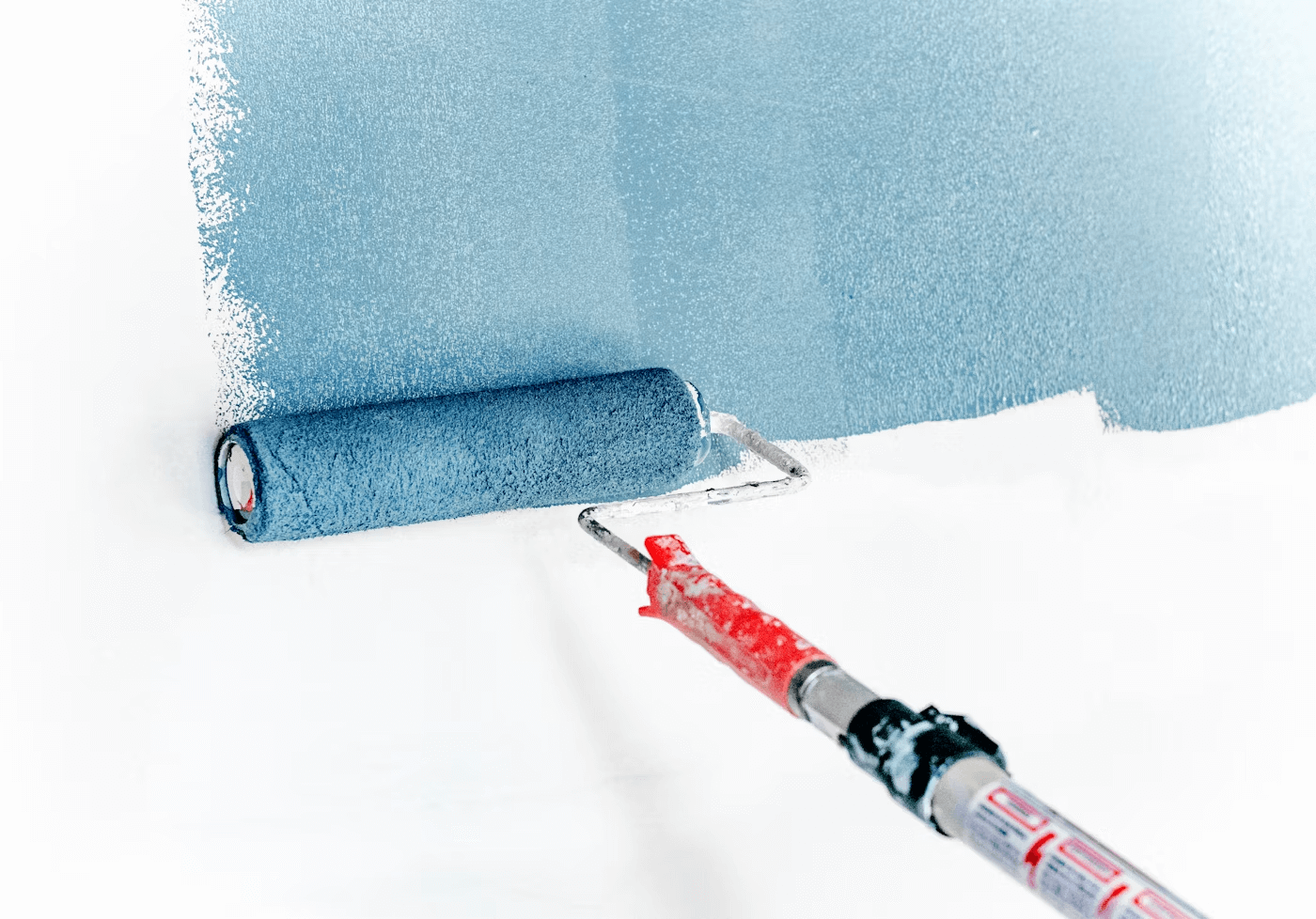When a room feels small, it’s easy to assume the issue is the layout or the furniture. But in most cases, the solution starts with paint. Colour shapes how a space feels, how light moves through it, and how the eye flows from one surface to another.
In homes across Brisbane, it’s often the smaller rooms like laundries, hallways, guest bedrooms and studies that are the hardest to get right. But with the right approach to colour, those same rooms can become some of the most balanced and enjoyable spaces in the house.
Paint plays a big role in that transformation, not just in the shade itself, but in how and where it’s used.
Subtle Colour Changes Can Define a Space
In compact homes or open-plan layouts, it’s easy for spaces to blend together. A hallway becomes a study nook. A kitchen corner turns into a makeshift office. Without clear boundaries, it can all start to feel a little undefined.
Paint is a simple, effective way to add structure. A subtle shift in tone, a soft contrast, or even a change in finish can separate zones without needing walls or bulky furniture. It’s a technique often used in homes preparing for moving out, where clear, purposeful spaces help potential buyers or tenants picture how they’d use the room.
A Single Colour Family Can Stretch the Room
Small spaces feel bigger when the eye isn’t constantly being stopped by contrast. That’s where tonal colour schemes come in. Using variations of the same hue from ceiling to floor creates a seamless look that makes the room feel more open.
Soft greys, warm neutrals, pale stone shades. These are the kinds of colours that allow light to move naturally while keeping things calm. It’s a technique often used in bedrooms, corridors, or transitional spaces where flow matters more than focal points.
This approach also complements modern Brisbane homes, where minimalism and clean edges tend to take priority over visual noise.
Softer Tones Help Light Work Harder
Bright white might seem like the best way to open up a room. But in practice, it can reflect too much light, creating glare that feels harsh, especially in rooms that don’t get much sun.
Softer shades tend to work better. Colours like dusty blue, muted sage, or warm beige reflect light more gently, helping to keep the space feeling open without being overexposed.
This isn’t just about comfort. It’s about usability. In high-traffic homes or clinics, a balanced colour can make the space feel both functional and calm. It’s why this palette is often used in medical clinic painting projects, where a subtle atmosphere is just as important as durability.
Deeper Colours Can Add Comfort, Not Clutter
There’s a common assumption that dark colours shrink a room. But when used deliberately, rich tones can actually make a room feel grounded and intentional. Deep greens, navy, even soft charcoal — these colours wrap the room and create a sense of intimacy. They’re particularly effective in powder rooms, study corners or bedrooms where softness and depth matter more than a sense of scale.
Lighting and contrast make all the difference. Pairing dark walls with warm trims or soft lighting adds balance and avoids heaviness. These deeper tones are also showing up more in Brisbane’s paint trends, often layered with timber accents or natural finishes to bring warmth and character into compact spaces.
Seamless Colour Can Blur Harsh Edges
One of the most effective ways to open up a room isn’t adding more light. It’s reducing the number of visual breaks. Painting the walls, ceiling and trim in the same soft tone removes harsh edges and helps the space feel larger than it is.
This works particularly well in narrow hallways, low-ceiling rooms or converted nooks. By blending the elements visually, the room gains flow, guiding the eye rather than stopping it.
Projects that involve this kind of subtle transition often benefit from a full interior painting approach, where the finish, tone and application are consistent throughout the home.
Final Thoughts
Small spaces respond well to thoughtful painting. It’s not about bold colour or trendy palettes. It’s about knowing how to control light, reduce visual noise, and make every part of the room feel deliberate.
In Brisbane’s mix of modern builds and older homes, this kind of work requires more than just a good brush. It takes planning, product knowledge, and an understanding of how colour behaves in natural and artificial light.
At Erseven Painting, there are over eight years of experience helping Brisbane homeowners bring awkward corners, tight walkways and underused rooms back to life. Every job comes with a 5-year workmanship warranty and is delivered with care, clarity, and attention to detail, not just in the colour, but in how the room feels when it’s done.
If it’s time to rethink a small space or start fresh with a full repaint, contact Erseven Painting for advice, options, and a quote that suits the size and purpose of your room.





